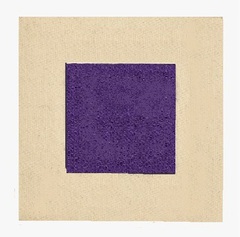
About This Unit

Each Division was allocated a Pioneer Battalion. The 1st Pioneers were the Pioneer Battalion of the 1st Division as indicated by the horizontally aligned rectangle colour patch.
Pioneer Battalions were essentially light military combat engineers organised like the infantry and located at the very forward edge of the battle area. They were used to develop and enhance protection and mobility for supported troops and to deny it to the enemy. They constructed defensive positions, command posts and dugouts, prepared barbed wire defences and on occasion breached those of the enemy using devices like the Bangalore Torpedo.
Their skills and capability were broad from building, construction and maintenance to road and track preparation and maintenance. They could also, and did quite often, fight as infantry.
Although they had existed in the Indian Army before 1914, pioneer battalions were used on a large scale by Commonwealth forces on the Western Front during the First World War. Becasue of its largely static nature, there was a much heavier reliance on field defences and the provision of mobility support to get people weapons ammunition rations and stores up to the front and casualties out. Roads and railways needed to be built maintained and repaired.
While these were also Engineer tasks, Engineers alone could not meet the heavy demand, while riflemen were always needed at the front. Therefore, pioneer battalions were raised to meet the needs of both and trained to support both engineers and infantry.
The 1st Pioneers were raised in 1916 and were engaged in every action undertakn by the 1st Division, starting at Pozieres and Mouquet Farm in mid 1916 through Bullecourt and Third Ypres in 1917, the stemming of the German tide in the Spring Offensive of 1918, action in the north of France during June July 1916 around Merris culminating in the final stages of the Hundred Days campaign in late 1918.
Battle/ Campaign/ Involvement
We would particularly like to encourage individual historians researchers or members of unit associations to contribute to the development of a more detailed history and photographs pertaining to this unit and its members.
Please contact [email protected] (mailto:[email protected]) for details on how to contribute.











